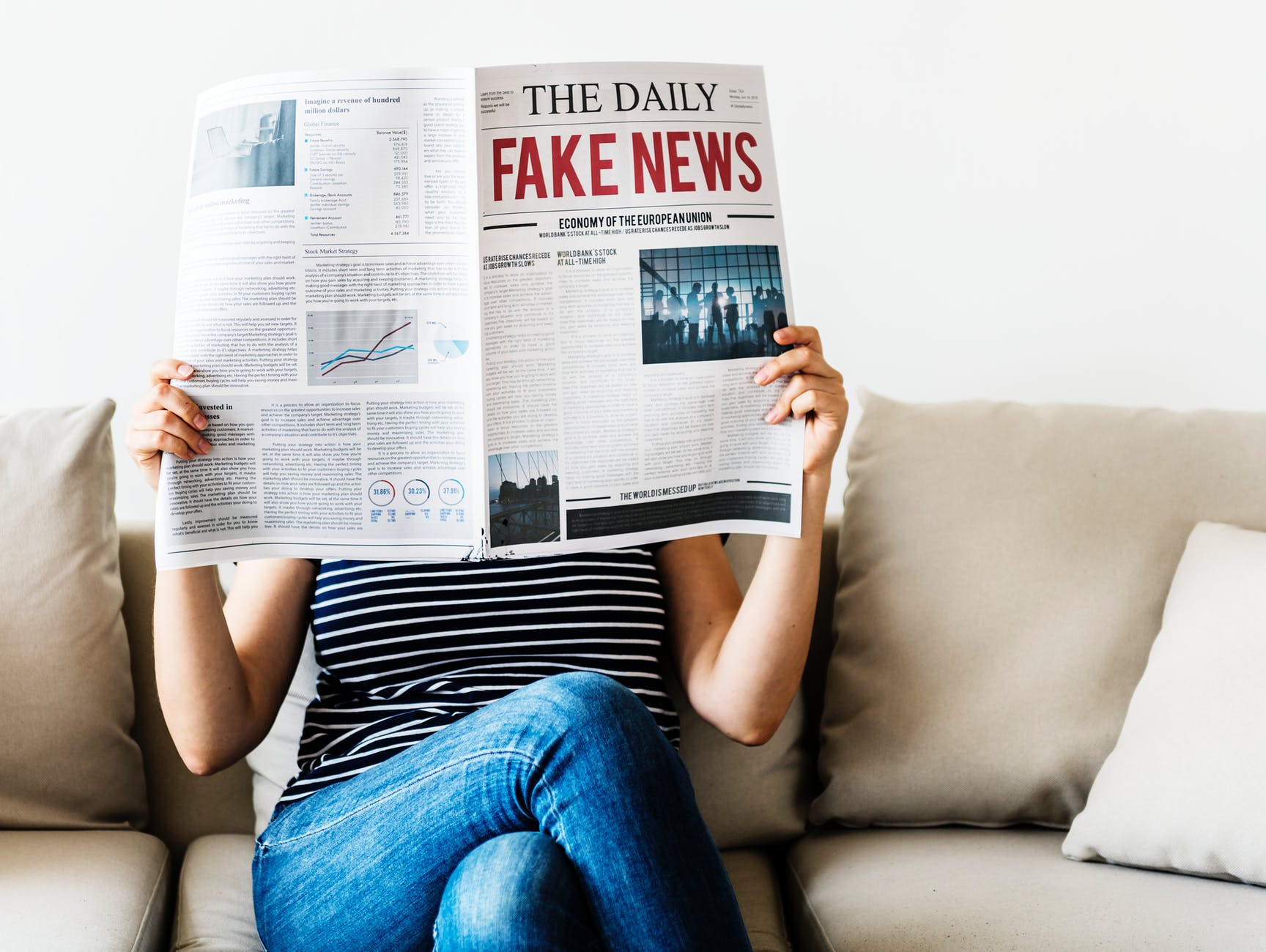‘There is no sickness worse for me than words that to be kind must lie.’ Aeschylus
‘People never lie so much as after a hunt, during a war or before an election.’ Otto von Bismarck
‘People can choose between the sweet lie or the bitter truth. I say the bitter truth, but many people don’t want to hear it.’ Avigdor Lieberman
‘Propaganda does not deceive people; it merely helps them to deceive themselves.’ Eric Hoffer
‘For every good reason there is to lie, there is a better reason to tell the truth.’ Bo Bennett

So-called fake news is an age-old problem. And an annoying fixture in our personal and business lives.
So-called fake news can include:
- accidental distortion– a version-control problem, information-relay error, false logic, false assumption, static, a reference error or typo. Or something misheard – perhaps generating a colourful rumour on the office grapevine.
A famous example of accidental distortion is about the WW1 message conveyed from the front-line trenches, shouted from trench to trench, back to the high command. It started off as the request ‘send reinforcements, we’re going to advance’. And ended up arriving as ‘send three and four pence, we’re going to a dance’.
- deliberate distortion – an exaggeration, something taken out of original context. Maybe an outright lie, generated for commercial or personal gain.
Sometimes politicians rather than lie, simply evade the question, answering a different question, or changing the subject instead. At other times, their truth may be more damaging than fake news – a politician might promise one thing, but once elected, change their party’s policy entirely. Here the ‘news’ is real. It’s the direction that has changed.
The method of collecting information to inform decision making, introduces opportunity for error at multiple points in the process. This blogger once served as a court juror and was surprised when a seemingly impartial police witness made a ‘rookie error’ on the time an event was alleged to have happened.
Court jurors weight the evidence testimony. Each juror has to do a mental-sorting exercise of the information presented – what is probably true and what is probably false. Incidentally, this mental-sorting exercise can be a form of personal flexibility – emotion fighting against rationality (heart and head). In this situation, it’s worth the jurors reassuring themselves that it is entirely natural to have an internal conflict. And that sometimes the internal ‘battle’ needs to rage, to make the resulting view more just. But that for something approaching justice to be done, a jury decision must be given, so a personal view on innocence/guilt must ultimately be taken by each juror.
‘It is well known that in war, the first casualty is truth – that during any war truth is forsaken for propaganda.’ Harry Browne
The method of information collection can introduce delay too. Or introduce selection bias in the data collected. The story about the drunk person searching for their lose car keys at night under the street light, because it was easier to look for them under the street light, is perhaps one example. For a court juror, it there’s been a ‘trial by media’ for the accused person before the court case even started, they may have to fight their own preconceived views from the start.
How can personal flexibility (PFL) counter so-called fake news?
- be open to engaging other inputs, from trusted sources.
- sample quick then sample slow.
- investigate and fix errors. Ask yourself, is the motive of the fake news to cover up something? Or take attention away from something more concerning?
- rely on independent verification.
- lower the stakes regarding a wrong decision made.
- consider publicly discrediting fake news sources, when you find them (whistleblowing).
The combination of the above 6 approaches demonstrates PFL at work. And how it can be used to counter fake news.
Simon